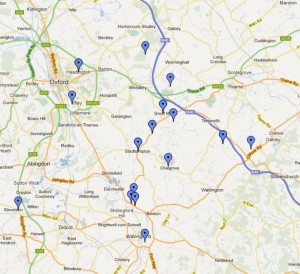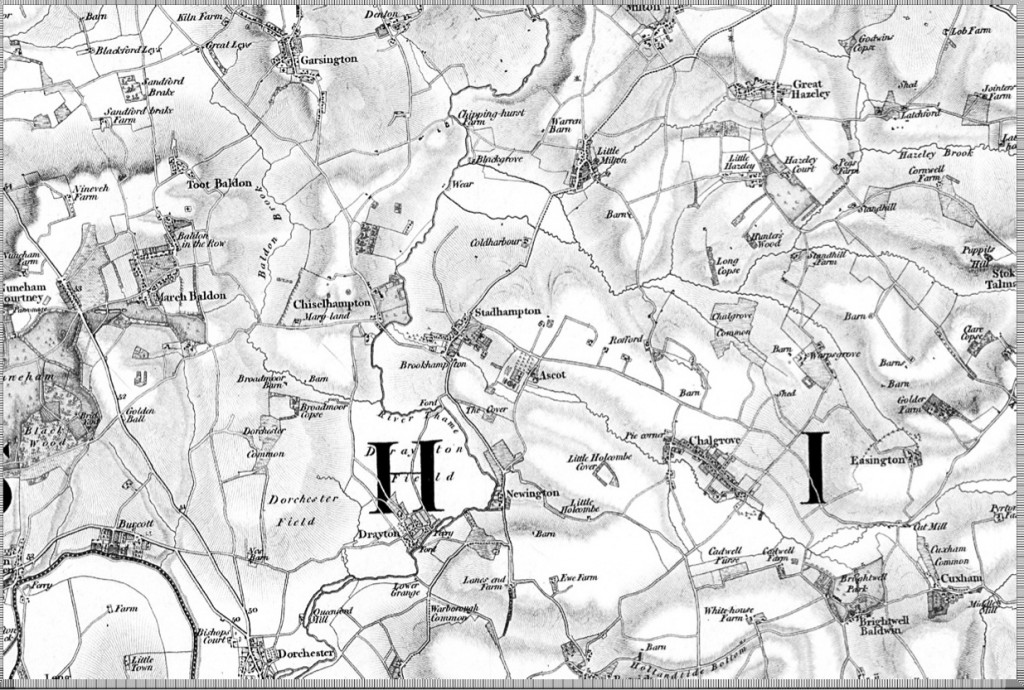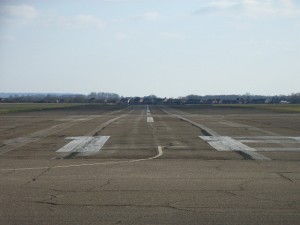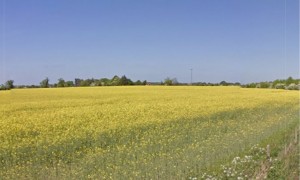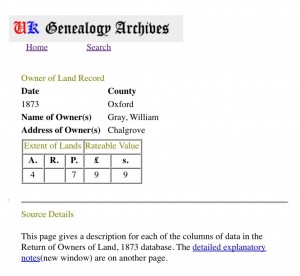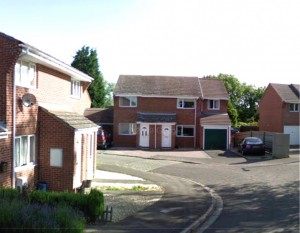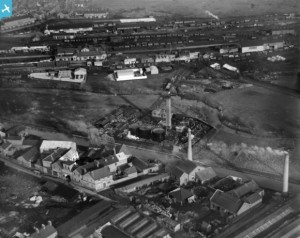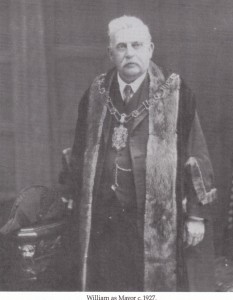Gray Reflections
The Gray Family: Some Comments
The narrative details of the Gray’s and Quartermain’s ancestry and family provided here and here may not be of particular interest to the current generation of McNamaras. What is more likely to be of interest is what the information about the Gray’s and Quartermain’s history in Oxfordshire can tell us about the McNamara family’s origins and how our heritage drawn from Alice Maude’s side of our family differs from that of the McNamara roots of the family. The contrast is striking.
All Alice Maude’s forebears who can be traced over a period of some 200 years came from within a remarkably small area to the east and south east of Oxford. They all lived within countryside which can be bounded by a circle with a radius of just under four miles, see above and below. Indeed the significant majority all lived within five miles of each other. Moreover, one assumes that their forebears will have been occupying the same land for tens if not hundreds of years before the 1700s. It is not unreasonable to think that Alice Maude’s roots in Oxfordshire can be traced back to Norman times.
A PGF of the map below which can be enlarged to show more detail is available at Oxford-Villages-1830s.
One should not think of our Oxfordshire forebears as being particularly immobile by the standards of their time. When thinking about ease of communication between these Oxfordshire villages we need to discard our contemporary notions of travel and transport because Alice Maude’s forebears did not live especially close to each other in terms of travel time or the amount of effort needed to visit each other. The map above of part of the locality where the Gray forebears lived is extracted from the Old Series Ordnance Survey of 1822 – 1833 and illustrates how difficult communication between villages would have been. The roads would have been little more than cart tracks. There were no tar macadam roads in England before 1845 and then only in cities. For most people transport would have been on foot, only the comparatively wealthy could afford to keep a horse as a means of personal transport. Reference to illustrative information (such as Google and Bing Images) indicates that the countryside where they lived was and is to this day flat or gently undulating rich agricultural land. During the war there was an American airbase at Chalgrove.
What we know of the occupations of the Gray forebears tells us that they were rooted in the land as yeomen farmers or engaged in trades associated with agriculture. The Gray forebears are likely to have been agriculturalists of some standing in the community. They would not have been day laborers or peasant farmers. The designation ‘yeoman’ could carry a number of meanings but by the time of the 19th Century it described someone who owned his own land. Probably not a particularly big landowner who would have been designated as a ‘landed proprietor’. A yeoman may also have been regarded as a ‘gentleman’. The key point was that a yeoman owned his own land as opposed to an agricultural laborer or husbandman who did not own land. For example there is a record of a William Gray who in 1873 owned 4 acres and 9 square poles of land in Charlgrove valued at £9 9s. I can not verify whether he is one of our forebears but it is probable.
Thus the Gray ancestors can be said to epitomize the archetype English yeomen established on their own corner of the countryside from time immemorial. They may well have had some standing and reputation in the community. For instance there are roads named after them; there is a Grays Close in Chalgrove and also a Grays Road in Oxford.
Following normal tradition at the time not all Gray sons would have been able to inherit and own their parents’ land; that will have been reserved for the eldest son. The younger sons, therefore, will have needed to take the realistic option of becoming skilled artisans in trades associated with agriculture. It is reasonable to assume that it was by virtue of the craft skills and expertise that they had acquired that at least three Grays were able to make the move from the countryside to the city.
It was the Industrial Revolution which provided the conditions in which agriculturists could move from rural to city life. Oxford had, of course, from medieval times been a small but established ancient university city. Then in 1790 the Oxford Canal was constructed and in 1844 Oxford had its first railway line. Hence communications were vastly improved and the city found itself at the centre of canal transportation between London and the Midlands. The canal and railway not only increased the importance of the city but also provided work for an growing population. During the 19th Century Oxford’s population grew from just under 12,000 to over 49,000. This necessitated a rapid growth in house construction and hence the consequent demand for craftsman with building skills. One assumes that Alice Maude’s father, Matthew, had the energy and initiative to make the short journey but imaginative leap from agricultural tradesmen in the Oxfordshire countryside to municipal house builder in the City. For the historical development of Oxford see here and here among many options.
To briefly recap, his career is impressive. In 1851 aged 17 he was a carpenter living with his parents at Charlgrove. Sometime during the next ten years he and his wife moved to Oxford and in 1861 he was still a carpenter and he and his wife and two children were living at Cowley. By 1871, then aged 37 and with a large family, he had established himself as a successful builder employing 26 men and 8 boys. In other words, some 20 to 25 years before our grandmother was born her parents were living in the small rural community which had been farmed and worked by her forebears for generations. By the time of her birth her father owned a thriving business and the family were living in a substantial town house. Moreover by 1927 Alice Maude’s eldest brother, William, had become Mayor of Oxford and in 1930 he became sheriff. In some 50 to 55 years a family of rural craftsmen grounded in the Oxfordshire countryside for centuries saw a leading member progress to become Mayor of one of England’s most historically important cities.
I have no real inclination at present to follow up the branches of the Gray family in Oxfordshire at the present time. Suffice to say that there are some seven or eight building firms in the Oxford region owned by Grays, including one in Charlgrove, although none in Oxford itself. How these Grays may – or may not – be related to our forebears I do not know.
Final Thoughts
One can begin to feel sorry for Nana who came from a mining background. Compared to her daughter in law’s pedigree which includes a direct connection to the Mayor of Oxford and a possible historical link to the Norman Conquest all that she can put up on her son’s behalf are Irish immigrants, coal miners and the Raeburn myth.
If it is supposed to be advantageous to have a good genetic mix in ones background then our generation of McNamaras are fortunate. There is nothing pure bread among us lot. We have a mixed and varied pedigree which draws its genetic inheritance from, among others, Irish immigrants, Durham and Northumbrian miners, Yorkshire engineers, Oxfordshire agriculturalists and even Norman invaders .

